Carbon Neutral
Diamond three (3) facilities are now carbon neutral (covering Scope 1 and Scope 2 emissions).
On the Path to Carbon Neutral
Diamond's Greenbox Initiative
In 2021 Diamond Packaging announced a multi-year commitment to purchase carbon offsets through Climate Action Reserve (CAR) to reduce its carbon footprint. Diamond’s support of high-quality carbon offset projects will help foster reductions in greenhouse gas (GHG) pollution, support activities that reduce local air pollution, spur growth in new green technologies, and allow emission reduction goals to be met at lower cost.
With the purchase, Diamond is taking a significant step on the path to carbon neutral by offsetting its Scope 1 emissions. Its Scope 2 emissions are already offset through its long-term commitment to wind energy.
Scope 1 and Scope 2 Emissions
Scope 1 emissions are “direct emissions” from sources that are controlled or owned by an organization (e.g., emissions associated with fuel combustion in boilers, furnaces, and vehicles).
Scope 2 emissions are “indirect” emissions associated with the purchase of electricity, steam, heat, or cooling. They are two of three scopes in determining an organization’s total greenhouse gas inventory.
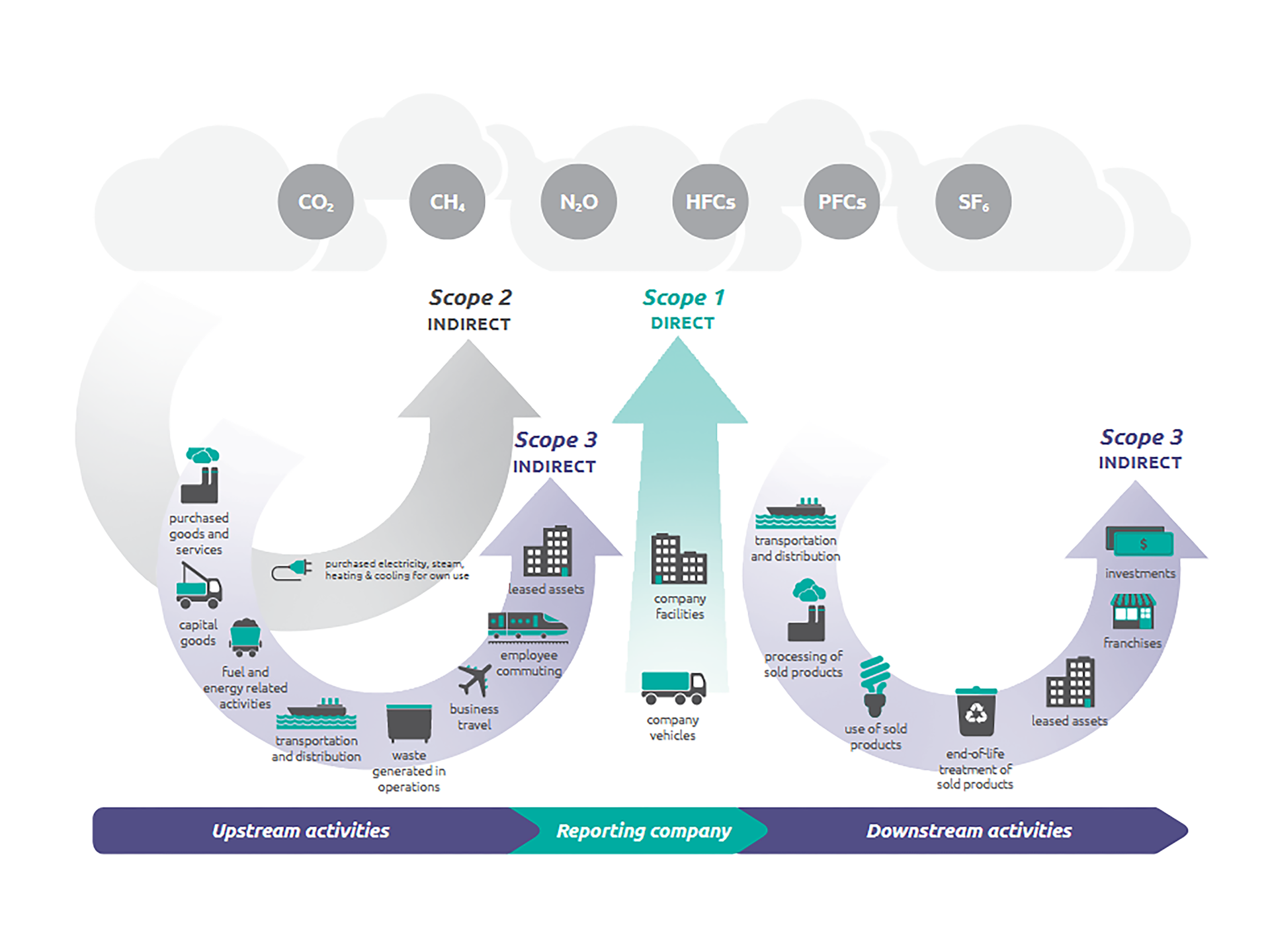
Science-Based Targets
Diamond’s continued commitment to reduce carbon emissions and mitigate the business risks of climate change is addressed with science-based targets when measuring its Scope 1 and Scope 2 emissions.
The company has established both absolute and intensity targets against a baseline, and these are being achieved through operational factors, including more efficient production, sophisticated HVAC controls, and energy saving methods.
Carbon Neutral Facility
As a result of this initiative, Diamond Packaging's facilities are now carbon neutral (covering Scope 1 and Scope 2 emissions), with ongoing progress towards evaluating Scope 3 emissions, which include “indirect emissions” both upstream and downstream of the organization’s activities.
Diamond's carbon offset purchase is a natural evolution of its industry-leading greenbox sustainability initiative to research, design, and implement packaging solutions that are innovative and more sustainable.
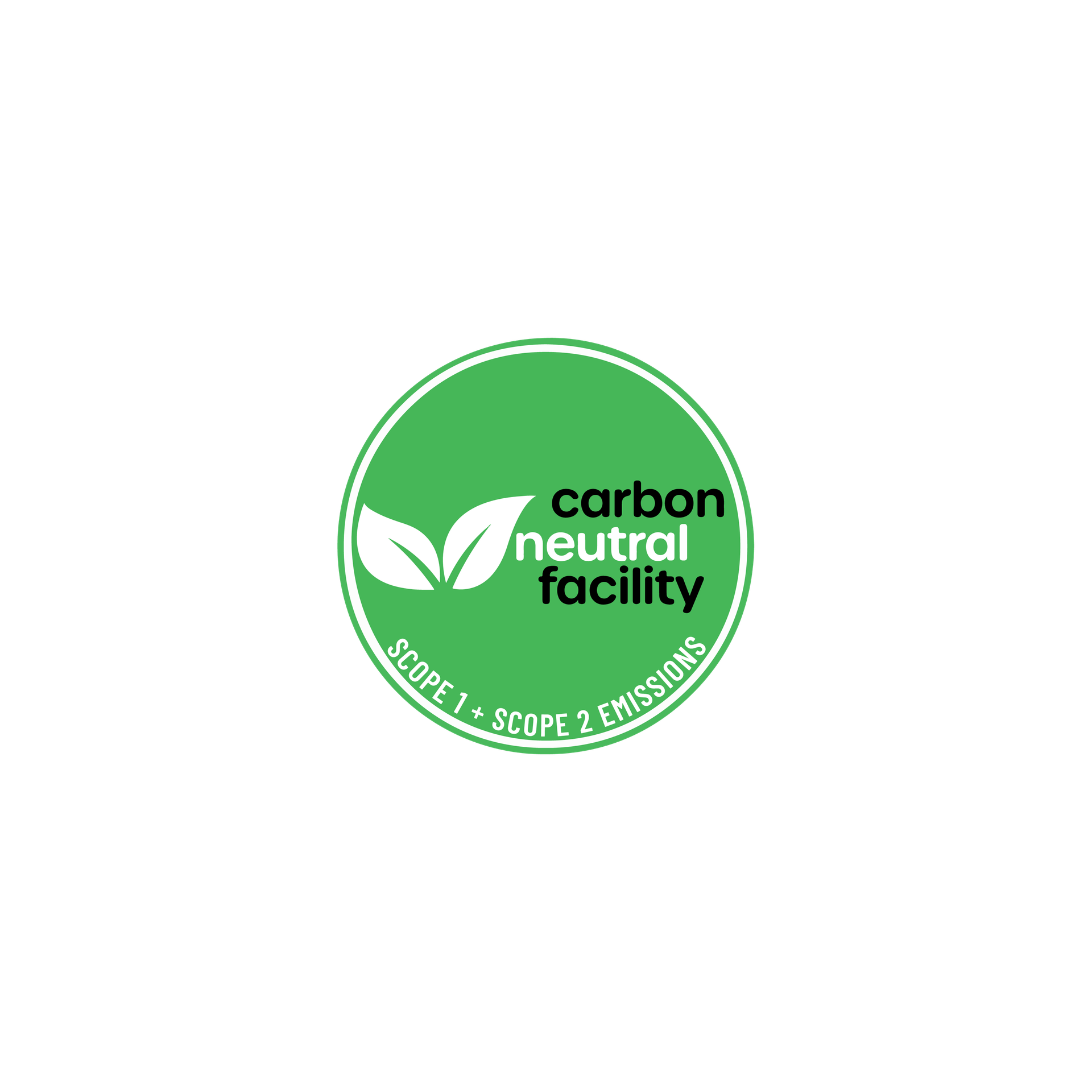
About Climate Action Reserve (CAR)
As the premier carbon offset registry for the North American carbon market, the Climate Action Reserve encourages action to reduce greenhouse gas (GHG) emissions by ensuring the environmental integrity and financial benefit of emissions reduction projects. The Reserve establishes high quality standards for carbon offset projects, oversees independent third-party verification bodies, issues carbon credits generated from such projects and tracks the transaction of credits over time in a transparent, publicly-accessible system.
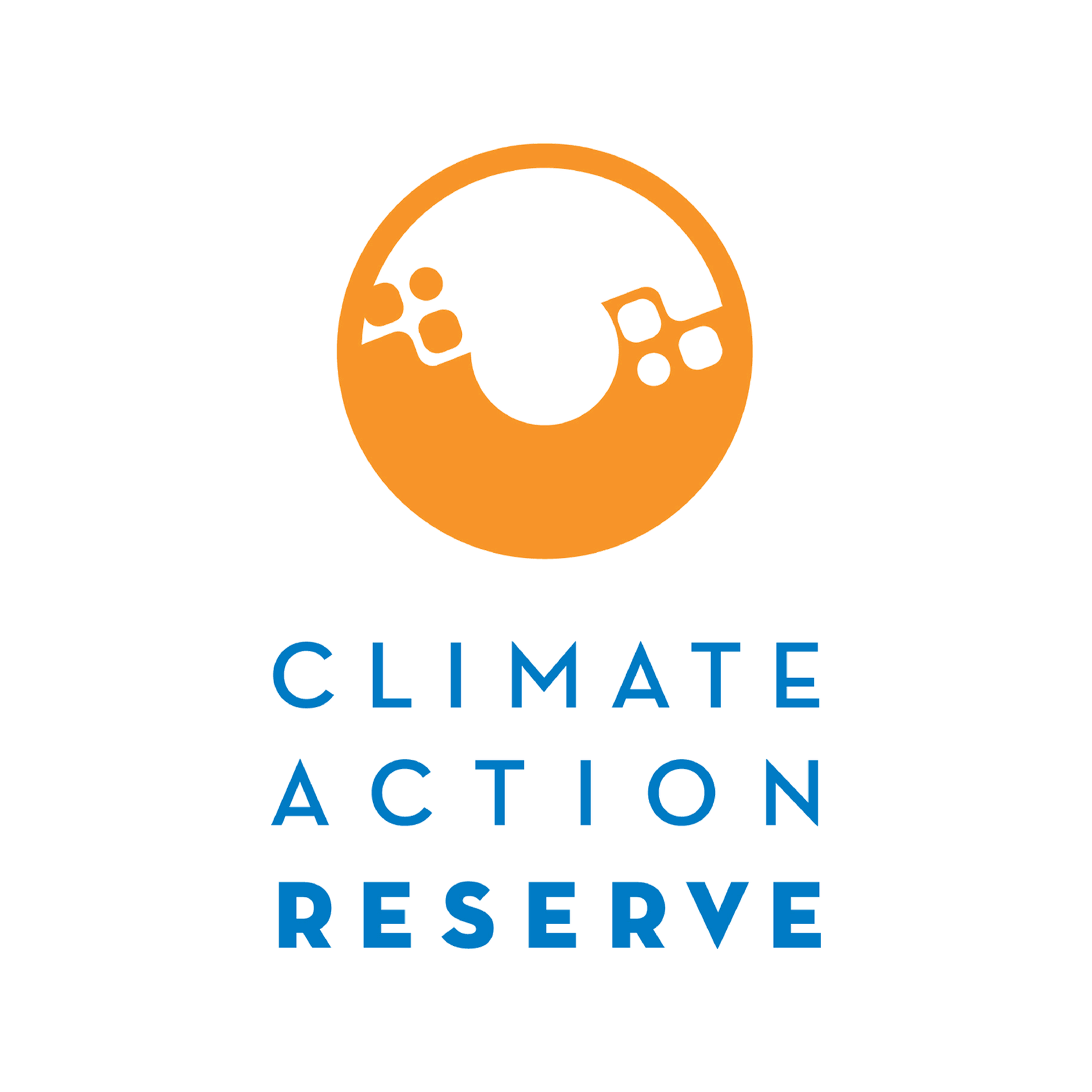
Verified Carbon Footprint
Diamond received independent verification of its 2021-2023 entity-wide greenhouse gas (GHG) emissions from SCS Global Services, an international leader in third-party environmental and sustainability certification. The verification covers both Scope 1 and Scope 2 emissions.
Diamond's Verified Carbon Footprint ensures that the company's data is reliable and meets the ISO 14064-3 standard as well as the World Resources Institute/World Business Council for Sustainable Development’s Greenhouse Gas Protocol.
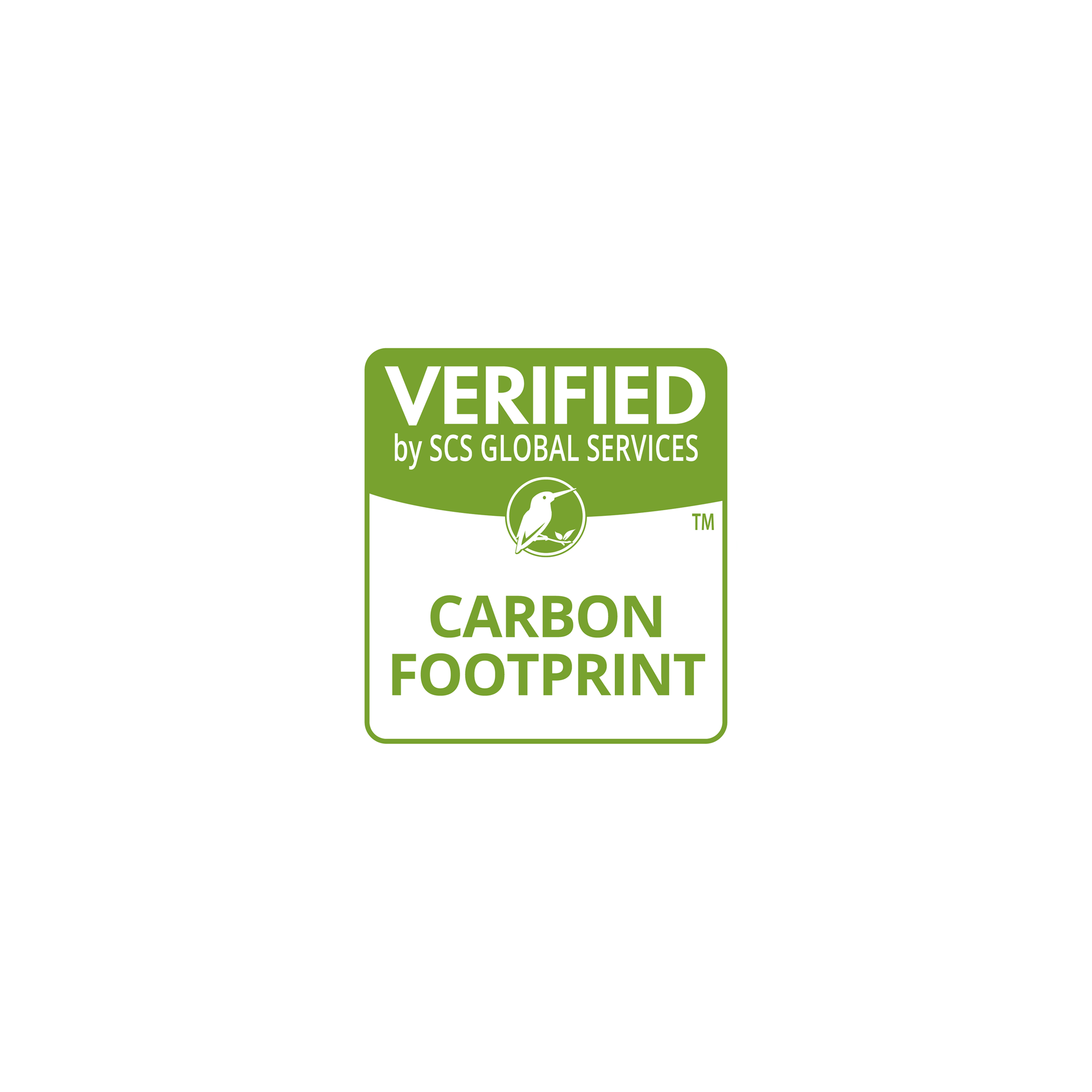
Science Based Targets initiative (SBTi)
Diamond has set emissions reduction targets through the Science Based Targets initiative (SBTi), with levels required to meet the goals of the Paris Agreement.
The targets covering greenhouse gas emissions from Diamond’s operations (scopes 1 and 2) are consistent with reductions required to keep warming to 1.5°C, the most ambitious goal of the Paris Agreement.
About SBTi
The Science Based Targets initiative (SBTi) is a collaboration between CDP, the United Nations Global Compact, World Resources Institute (WRI), and the World Wide Fund for Nature (WWF).
The SBTi defines and promotes best practice in science-based target setting and independently assesses companies’ targets.

Near-Term Emissions Target
The Science Based Targets initiative (SBTi) has approved Diamond’s near-term science-based emissions reduction target.
Diamond commits to reduce Scope 1 and Scope 2 GHG emissions 42% by 2030 from a 2022 base year, and to measure and reduce its Scope 3 emissions.
This target was approved using a streamlined target validation route exclusive to small and medium-sized enterprises (SMEs).
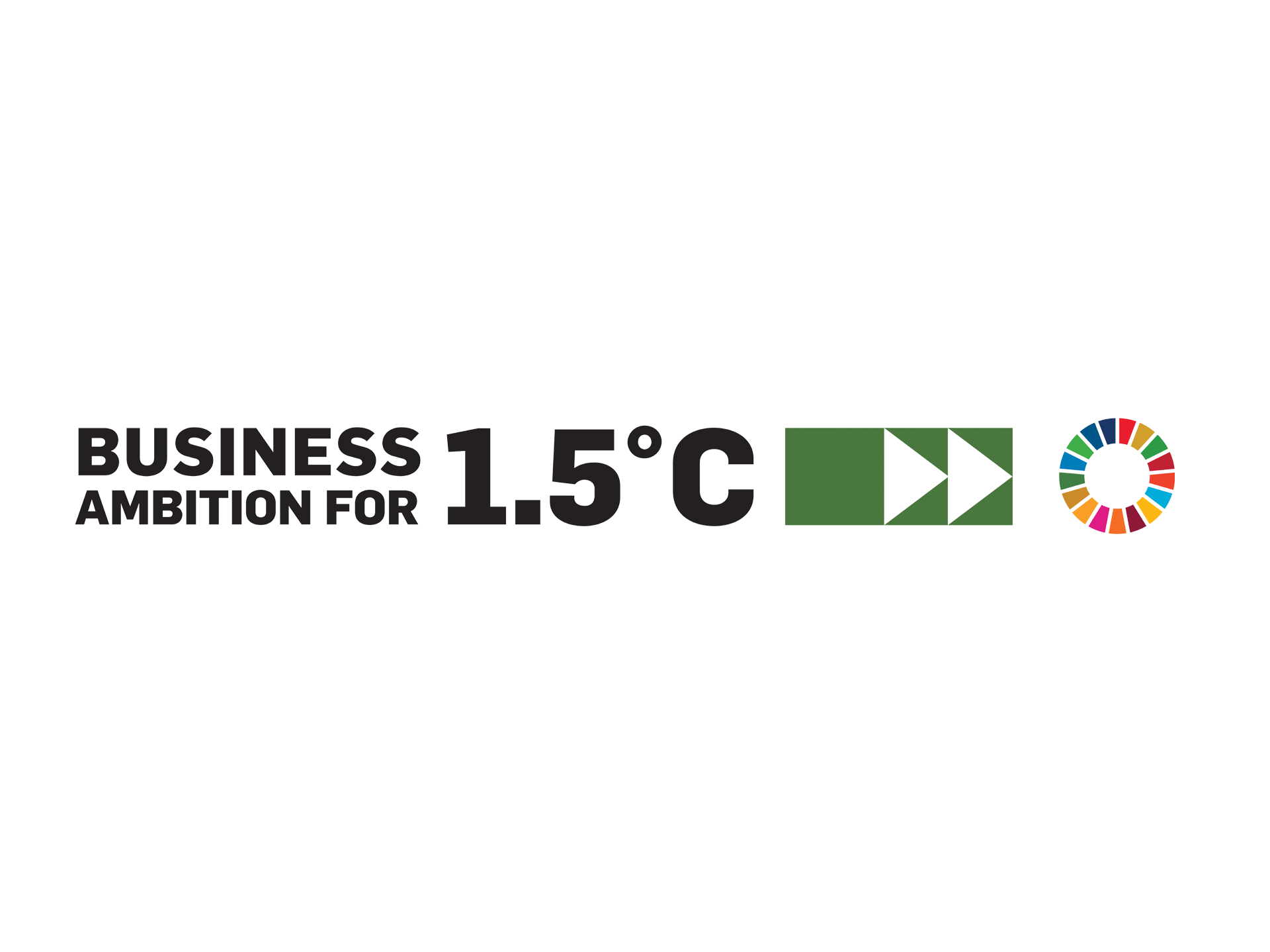
Scope 3 emissions
Scope 3 emissions include “indirect emissions” both upstream and downstream of the organization’s activities.
Scope 3 emissions are the result of activities from assets not owned or controlled by the reporting organization, but that the organization indirectly affects in its value chain.
Scope 3 emissions include all sources not within an organization’s Scope 1 and Scope 2 boundary. The Scope 3 emissions for one organization are the Scope 1 and Scope 2 emissions of another organization. Scope 3 emissions often represent the majority of an organization’s total greenhouse gas (GHG) emissions.
Scope 3 Emissions Target
Diamond has set an absolute target of a 2% reduction in Scope 3 emissions per year for the next 10 years (20% total reduction), based on a 2022 baseline. This will be achieved through increased supplier engagement and sustainable procurement.
The company set 2022 as a baseline for reporting due to a material change in the company's operations with the opening of a third facility used for:
- Sheeting paperboard rolls
- Warehousing
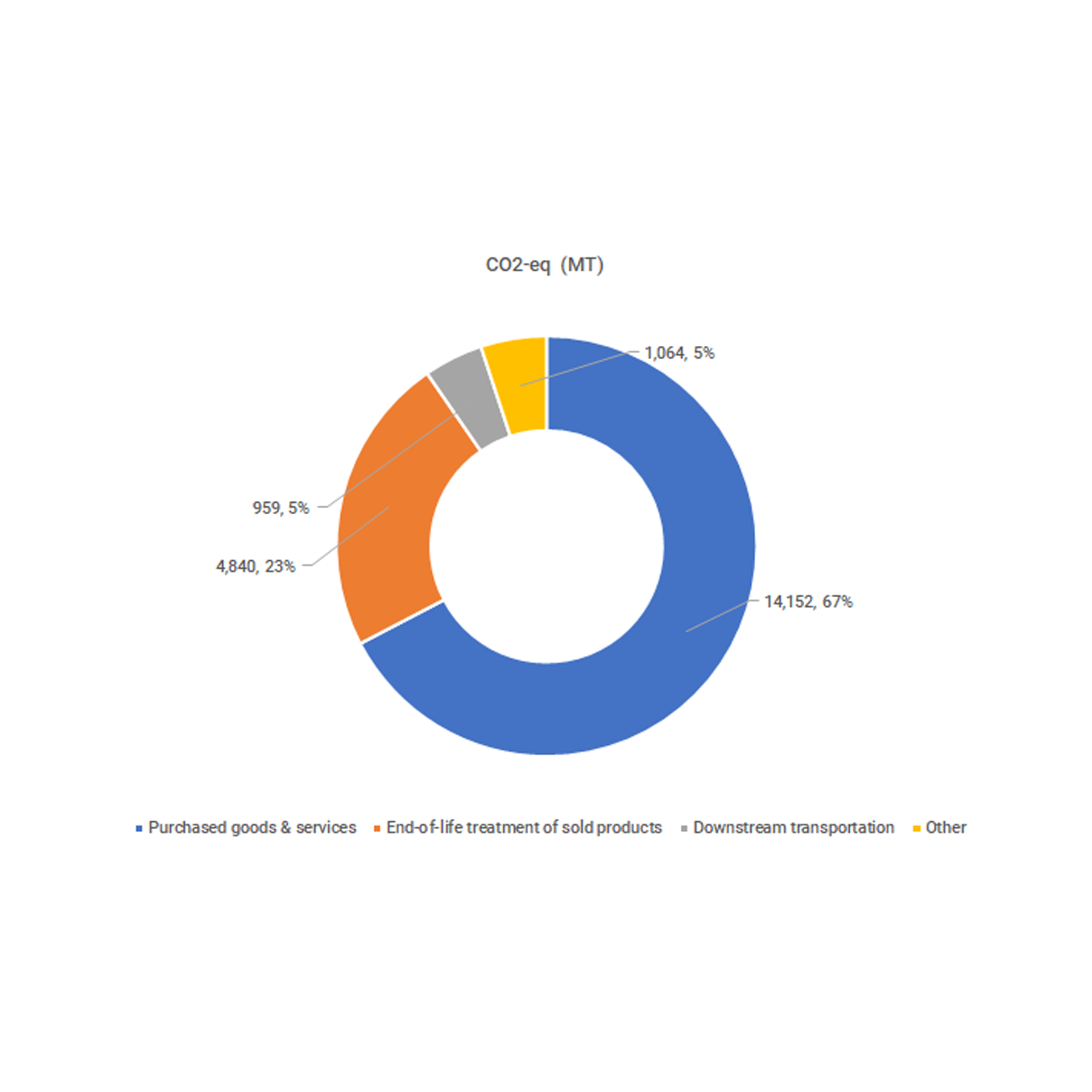
Folding Carton Samples
Contact us for more information or to request a free folding carton sample kit.
The kit includes examples of different paperboard substrates and capabilities, including specialty UV coatings, cold foiling, foil stamping, embossing, and windowing. All were sustainably produced with 100% wind energy in a zero waste to landfill (ZWL) and carbon Neutral (Scope 1 and Scope 2) facility, and are designed to attract the consumer’s attention when and where it matters most—at the point of sale.
